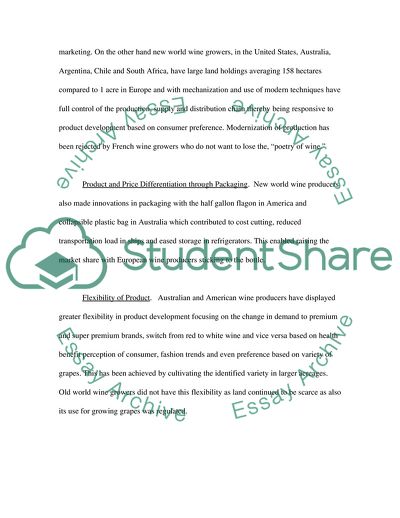Cite this document
(Wine Marketing in Britain Term Paper Example | Topics and Well Written Essays - 2250 words, n.d.)
Wine Marketing in Britain Term Paper Example | Topics and Well Written Essays - 2250 words. Retrieved from https://studentshare.org/marketing/1703713-critic-the-casestudy
Wine Marketing in Britain Term Paper Example | Topics and Well Written Essays - 2250 words. Retrieved from https://studentshare.org/marketing/1703713-critic-the-casestudy
(Wine Marketing in Britain Term Paper Example | Topics and Well Written Essays - 2250 Words)
Wine Marketing in Britain Term Paper Example | Topics and Well Written Essays - 2250 Words. https://studentshare.org/marketing/1703713-critic-the-casestudy.
Wine Marketing in Britain Term Paper Example | Topics and Well Written Essays - 2250 Words. https://studentshare.org/marketing/1703713-critic-the-casestudy.
“Wine Marketing in Britain Term Paper Example | Topics and Well Written Essays - 2250 Words”. https://studentshare.org/marketing/1703713-critic-the-casestudy.


